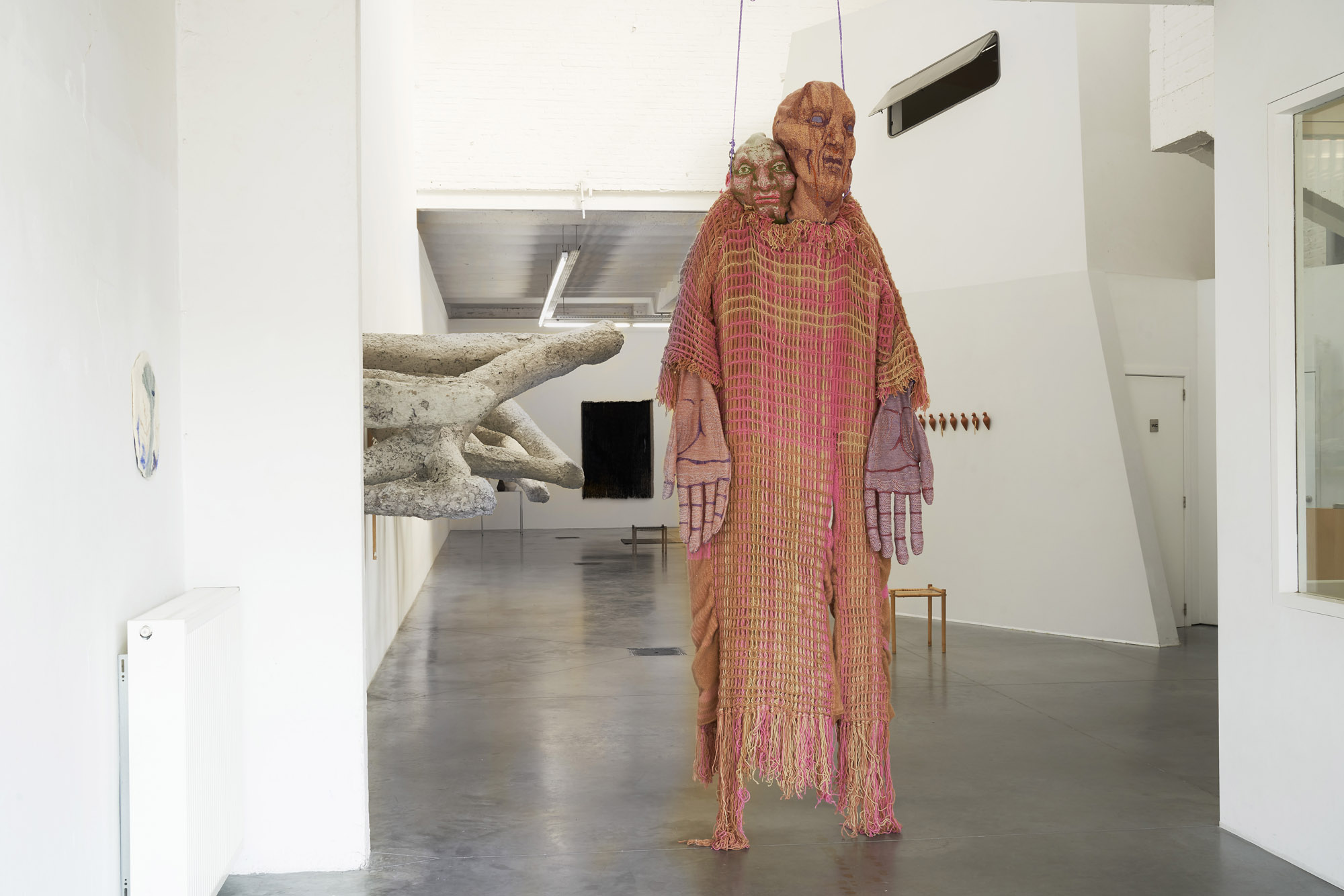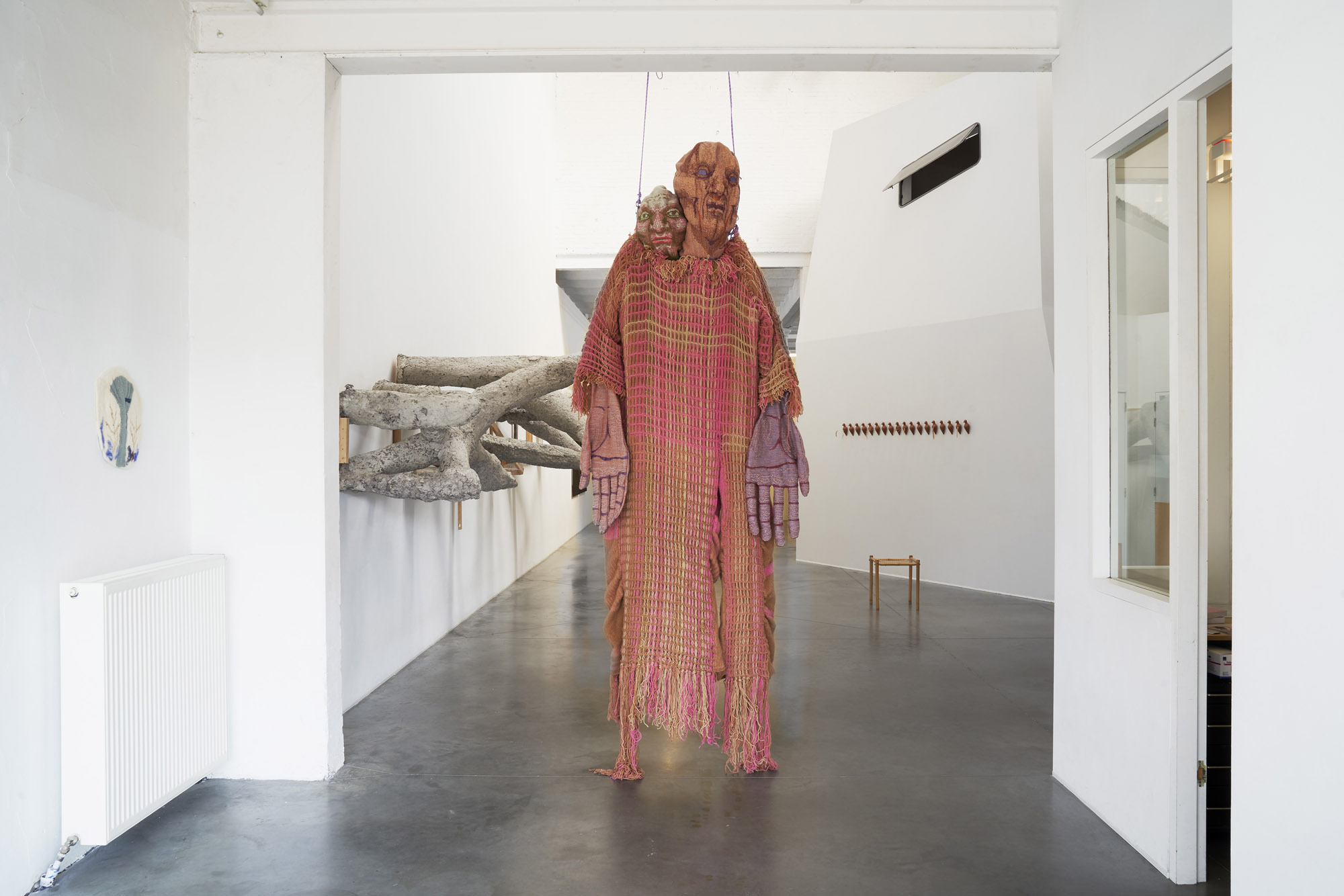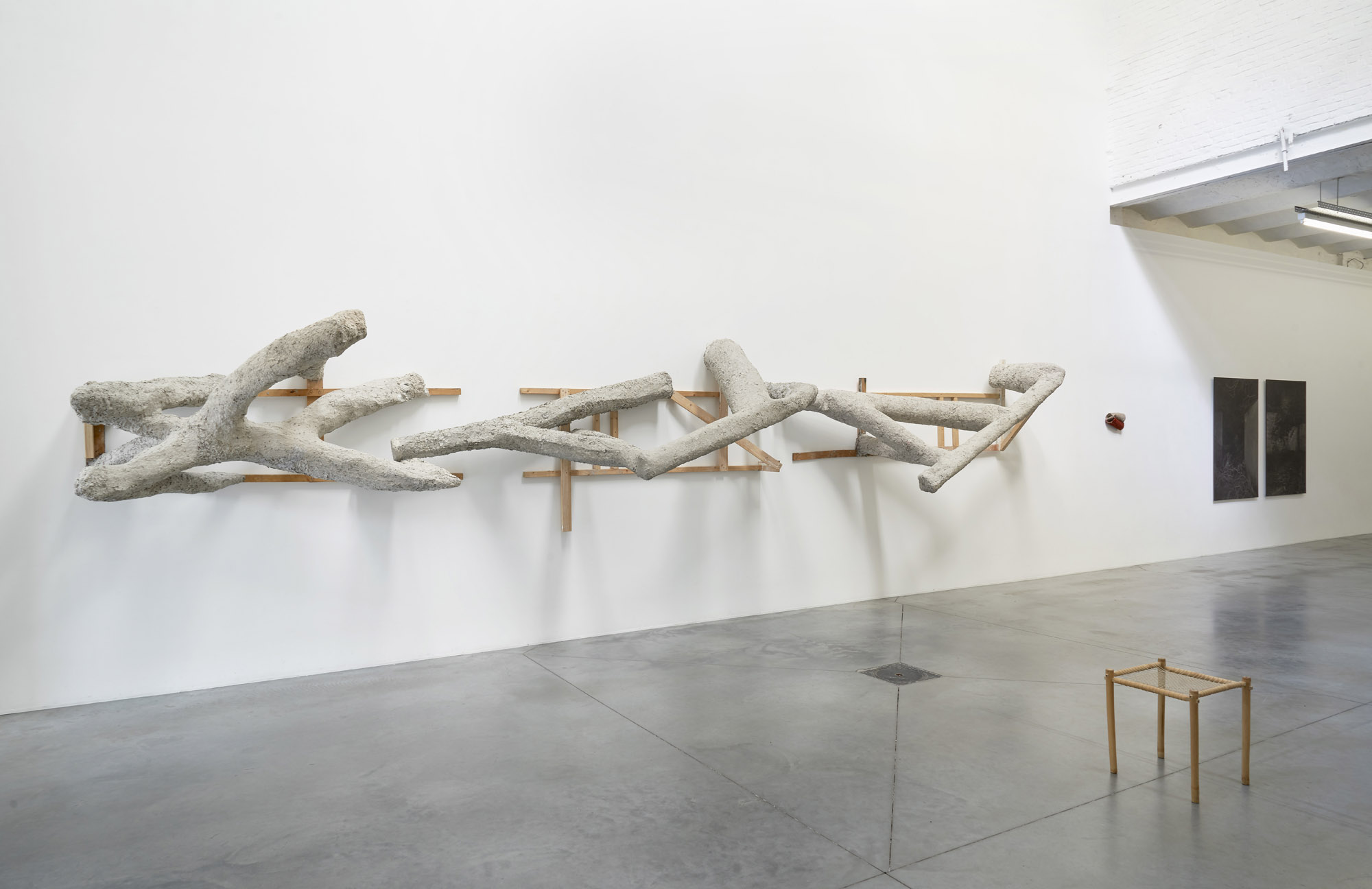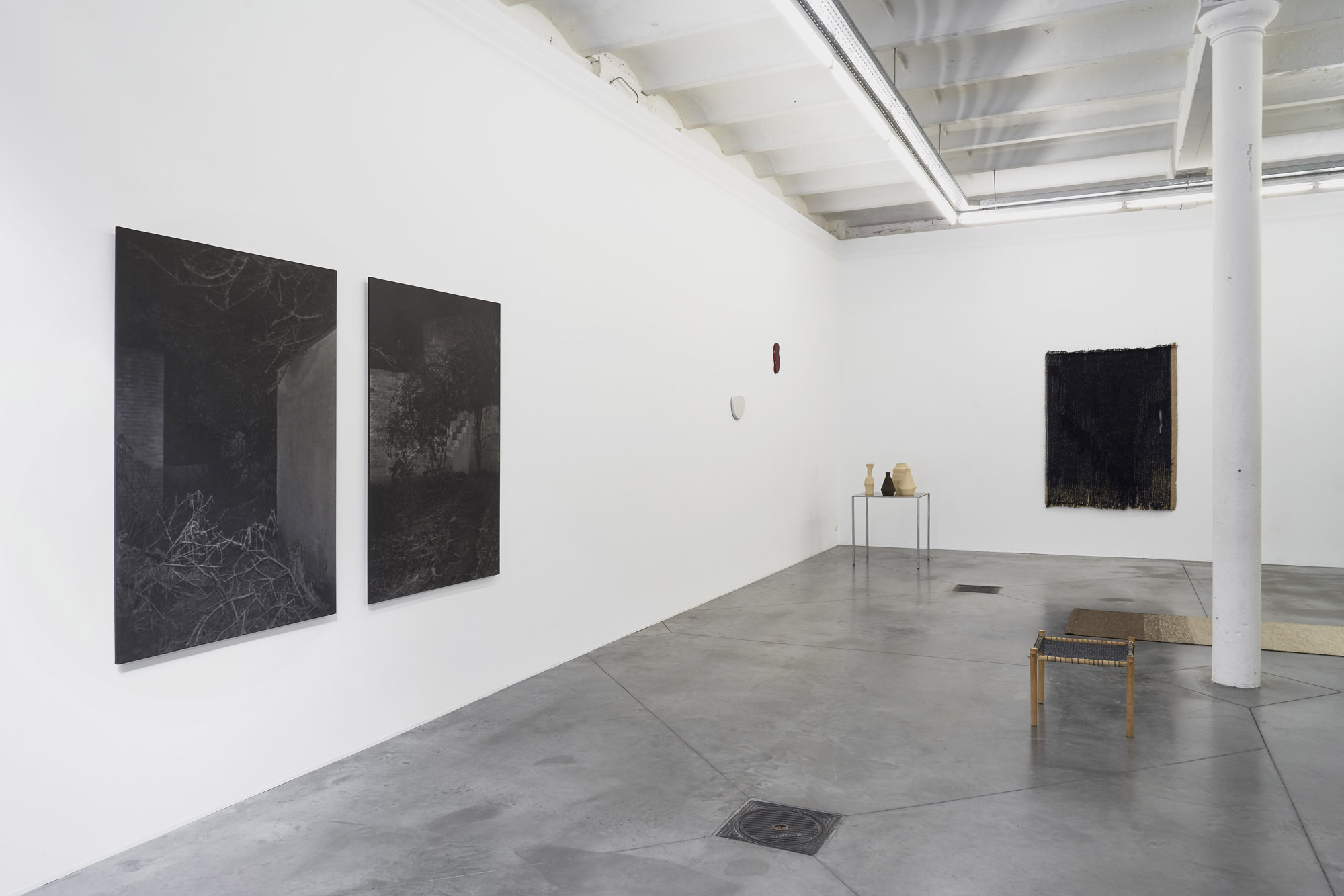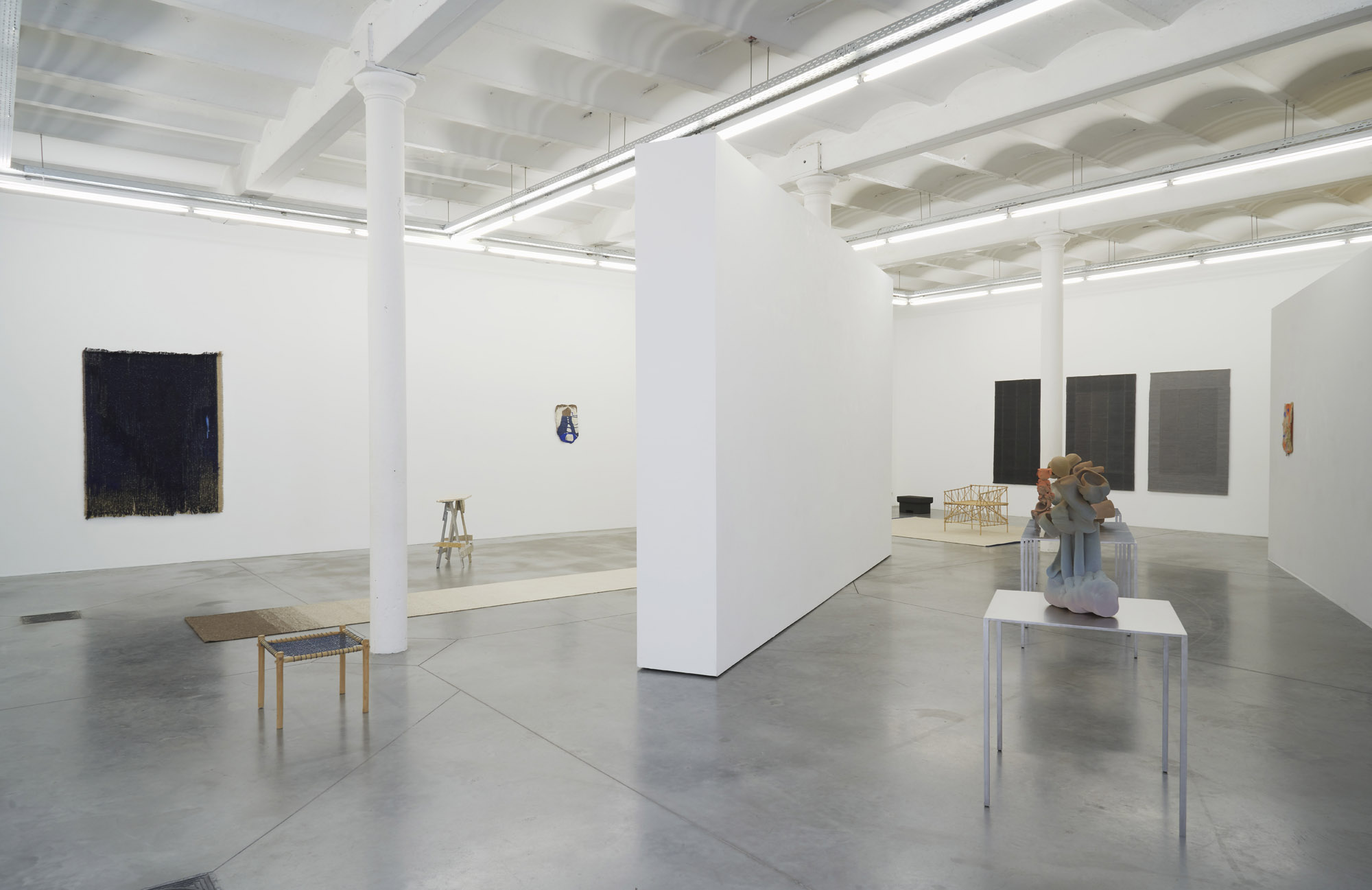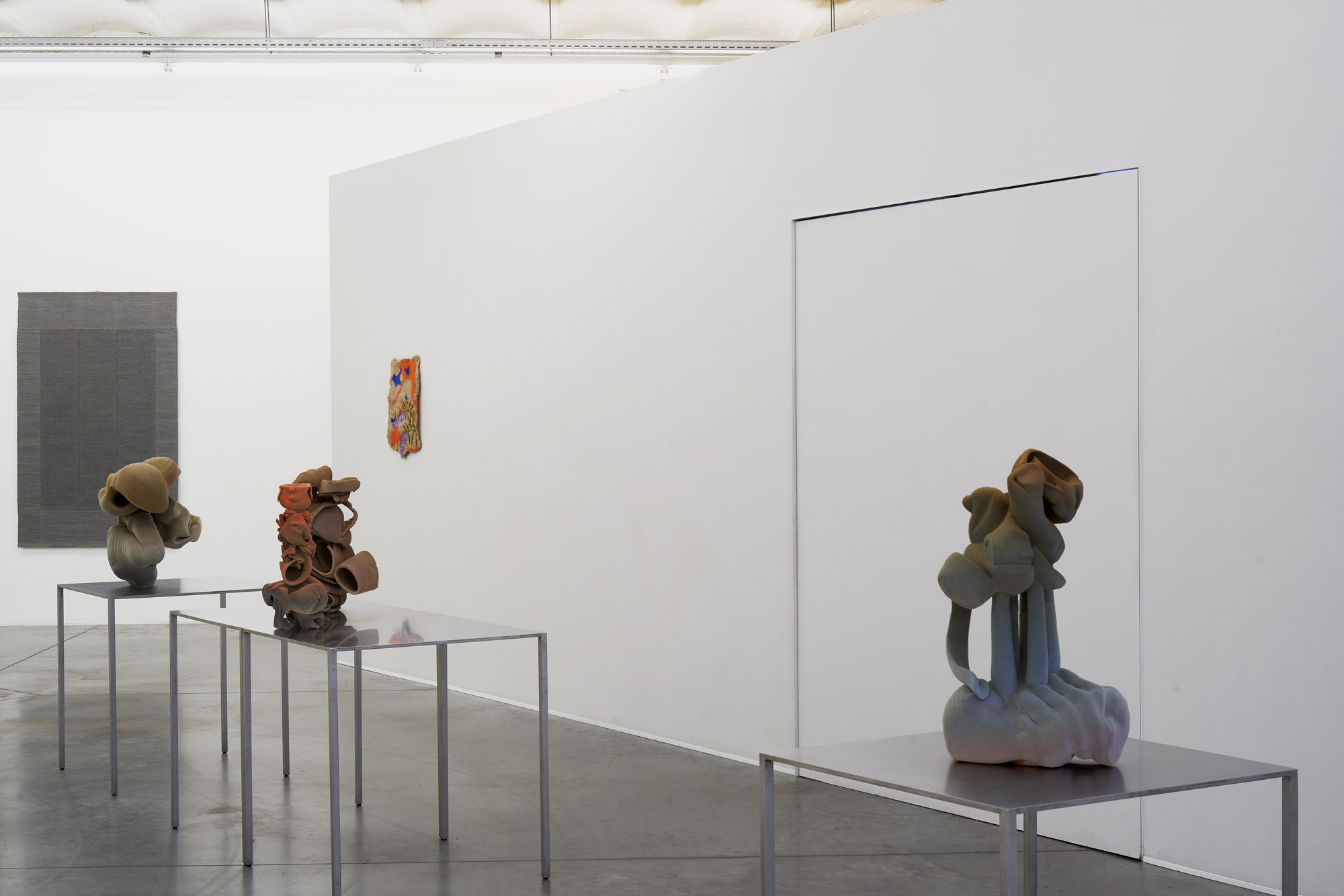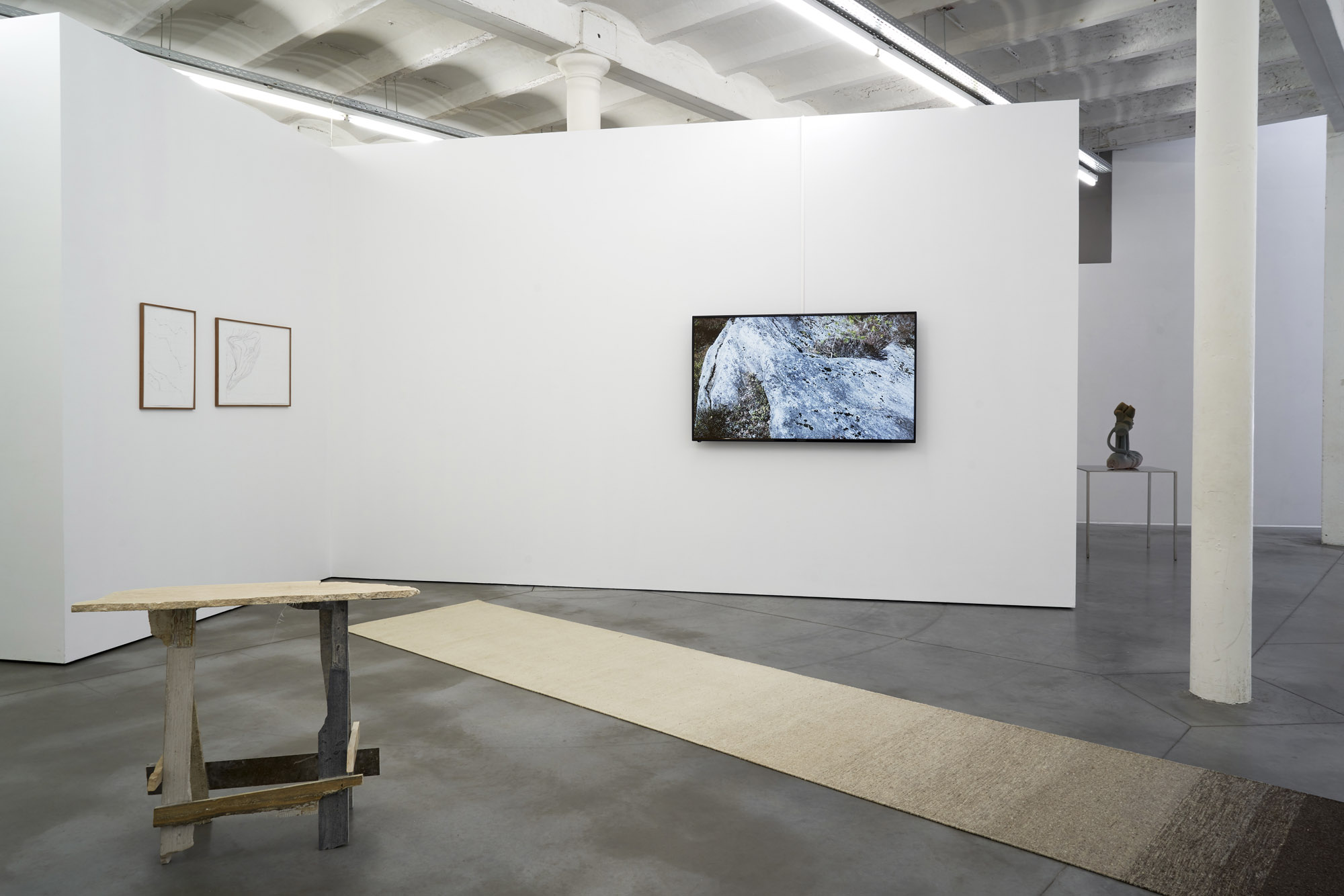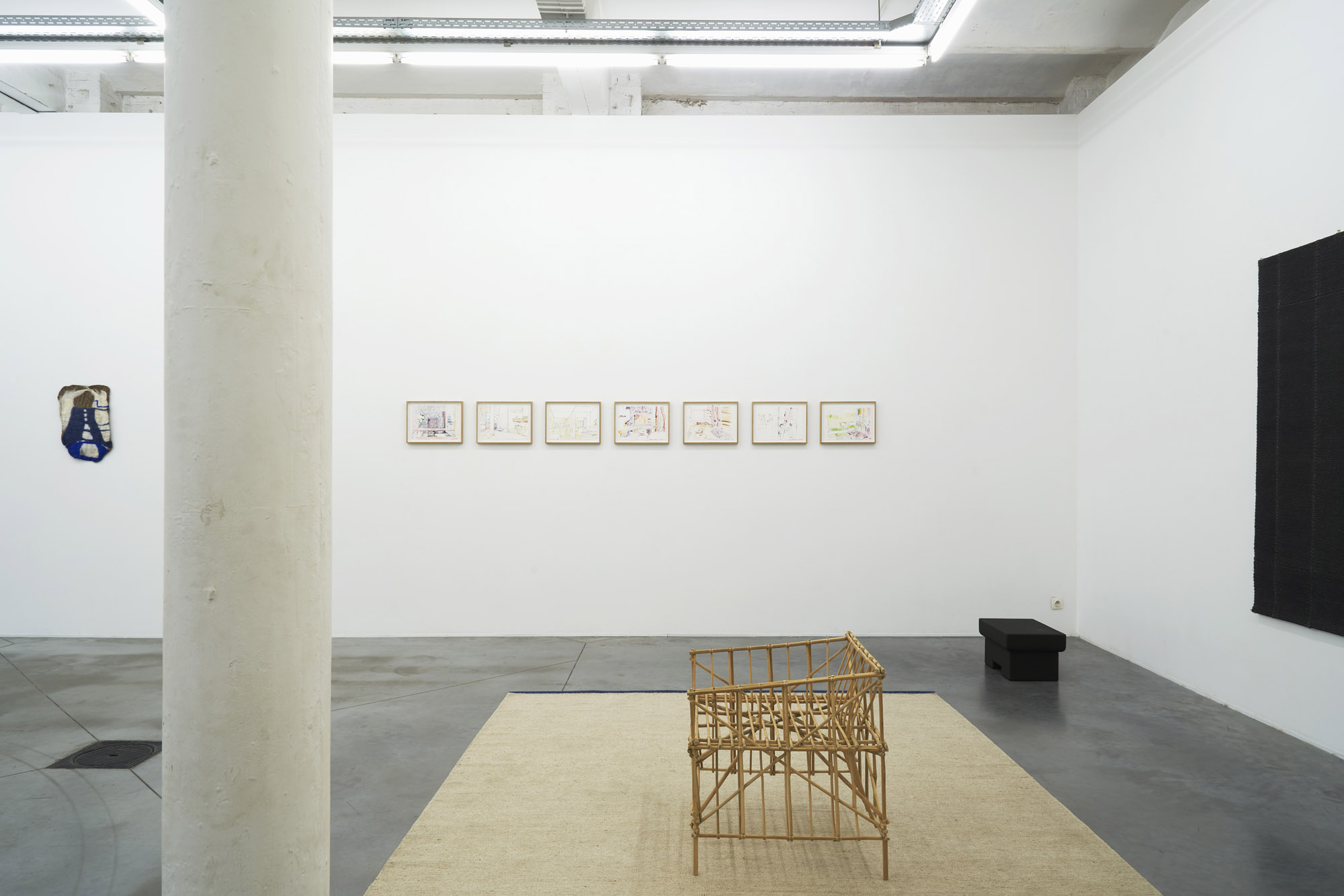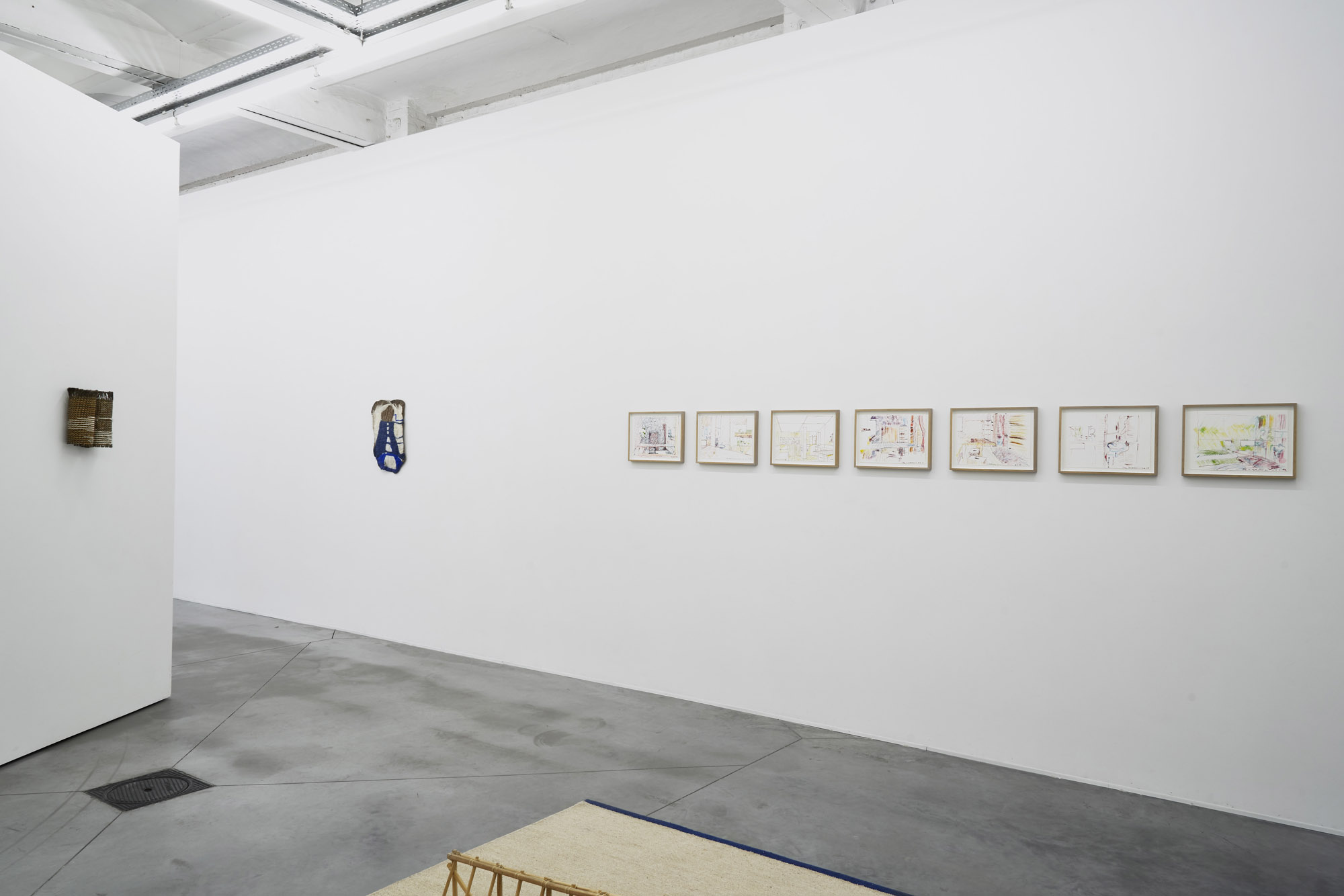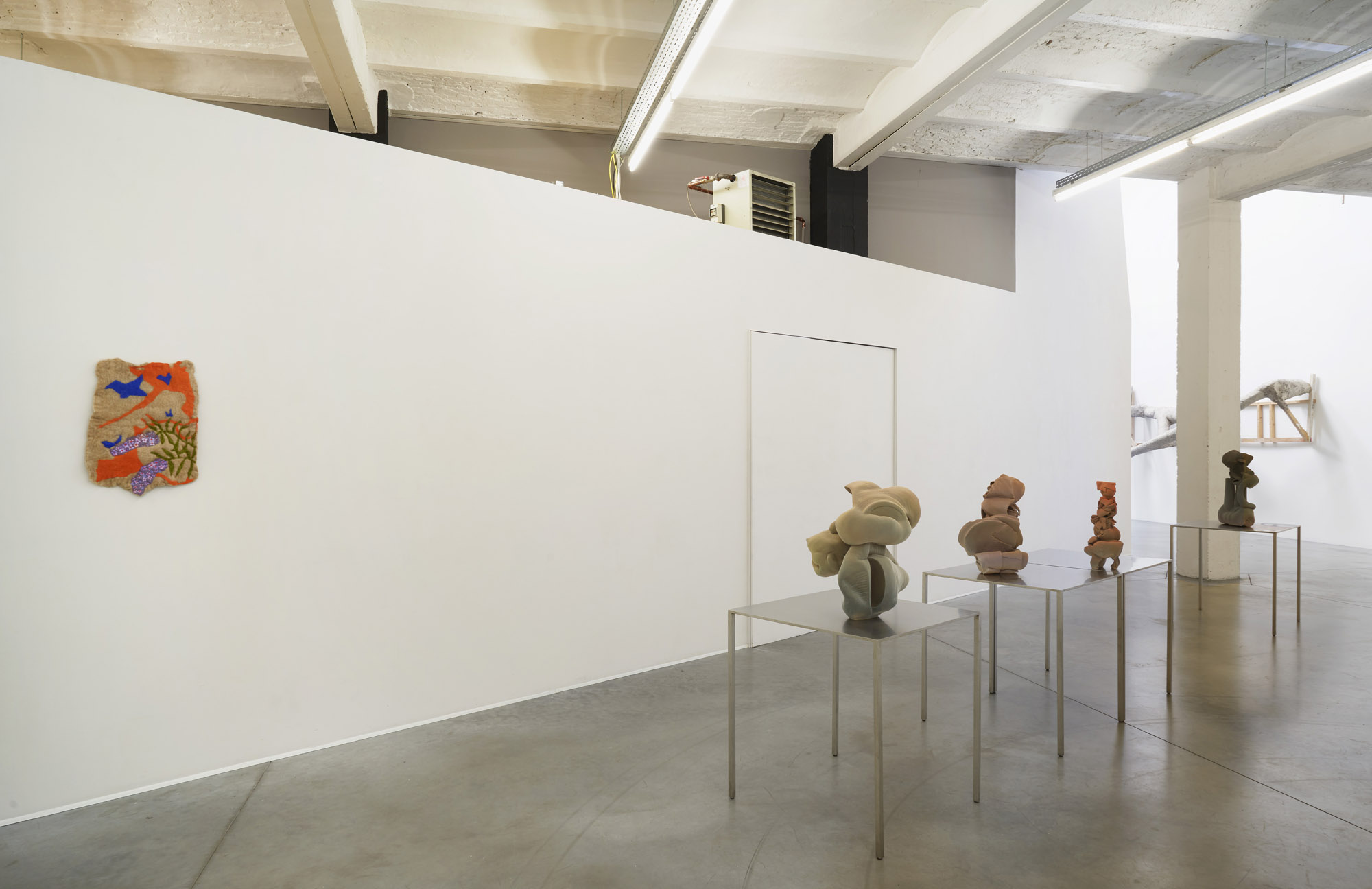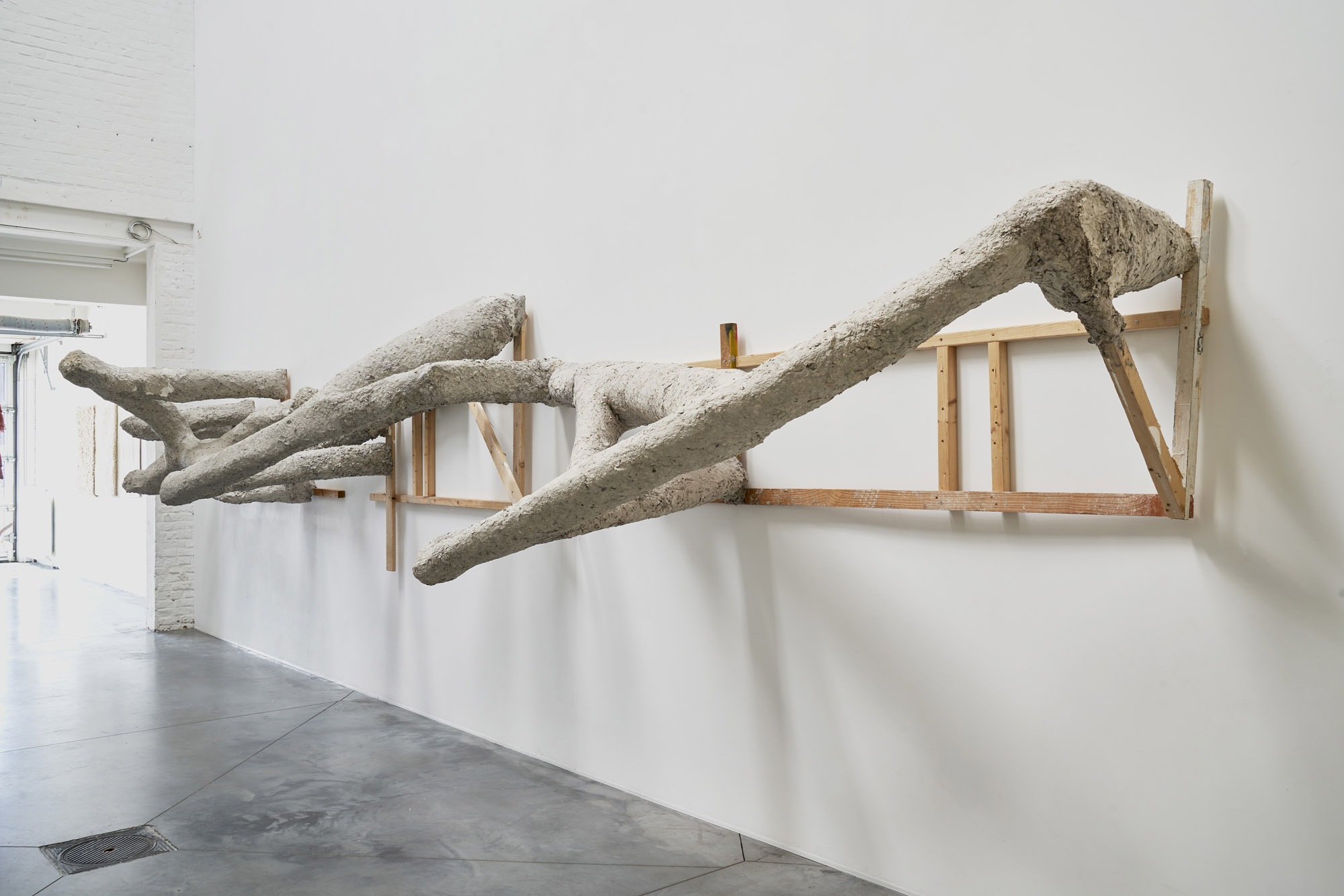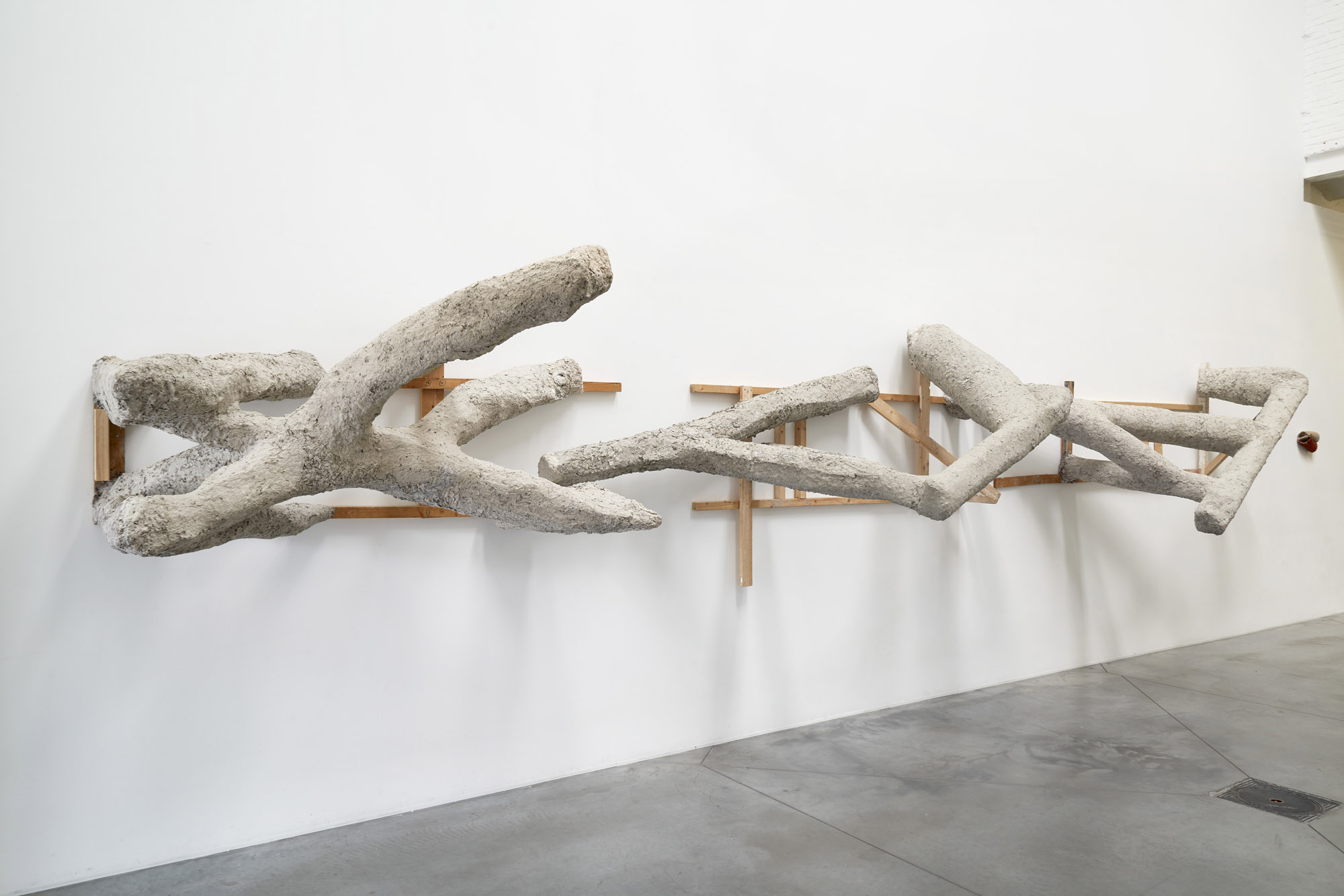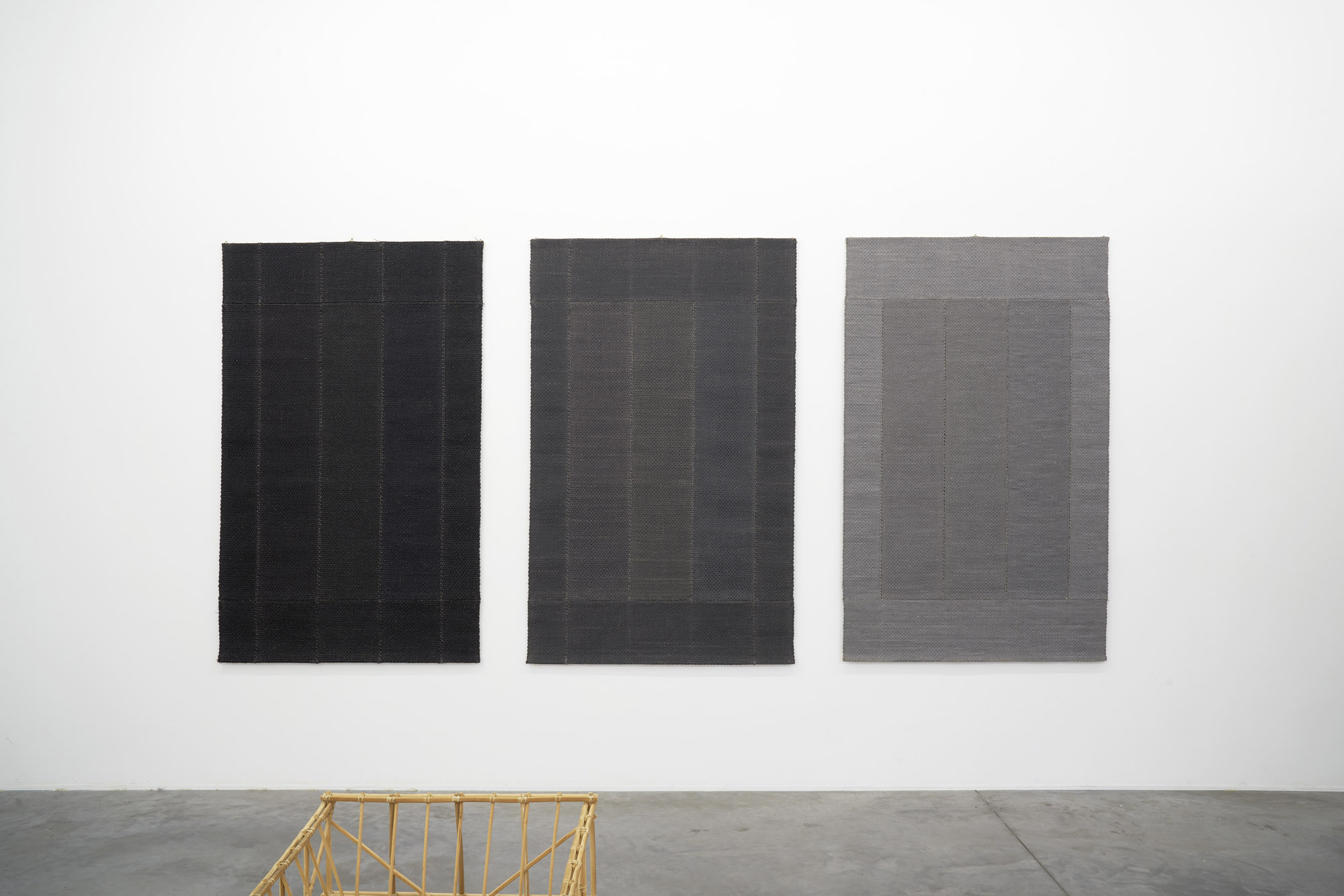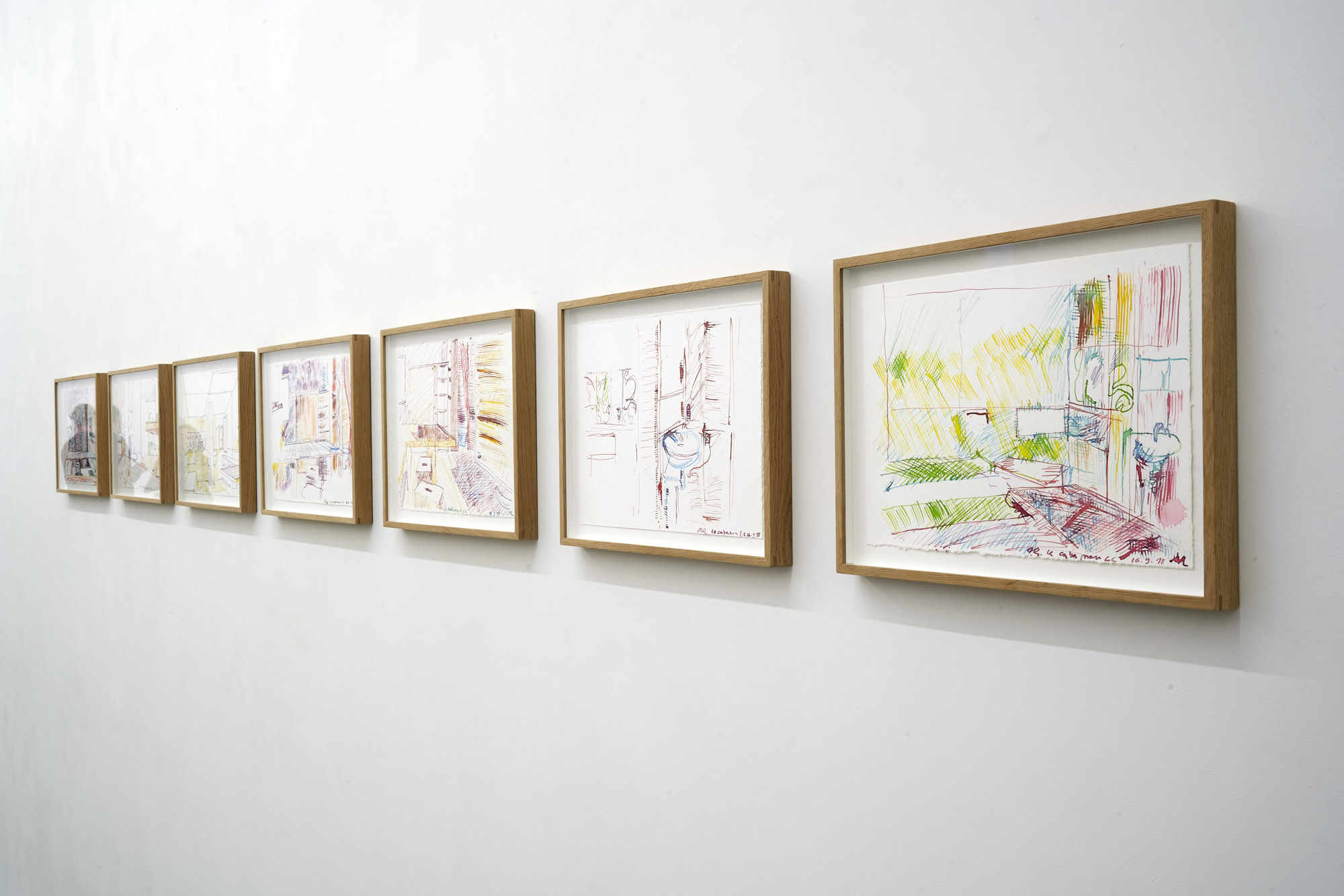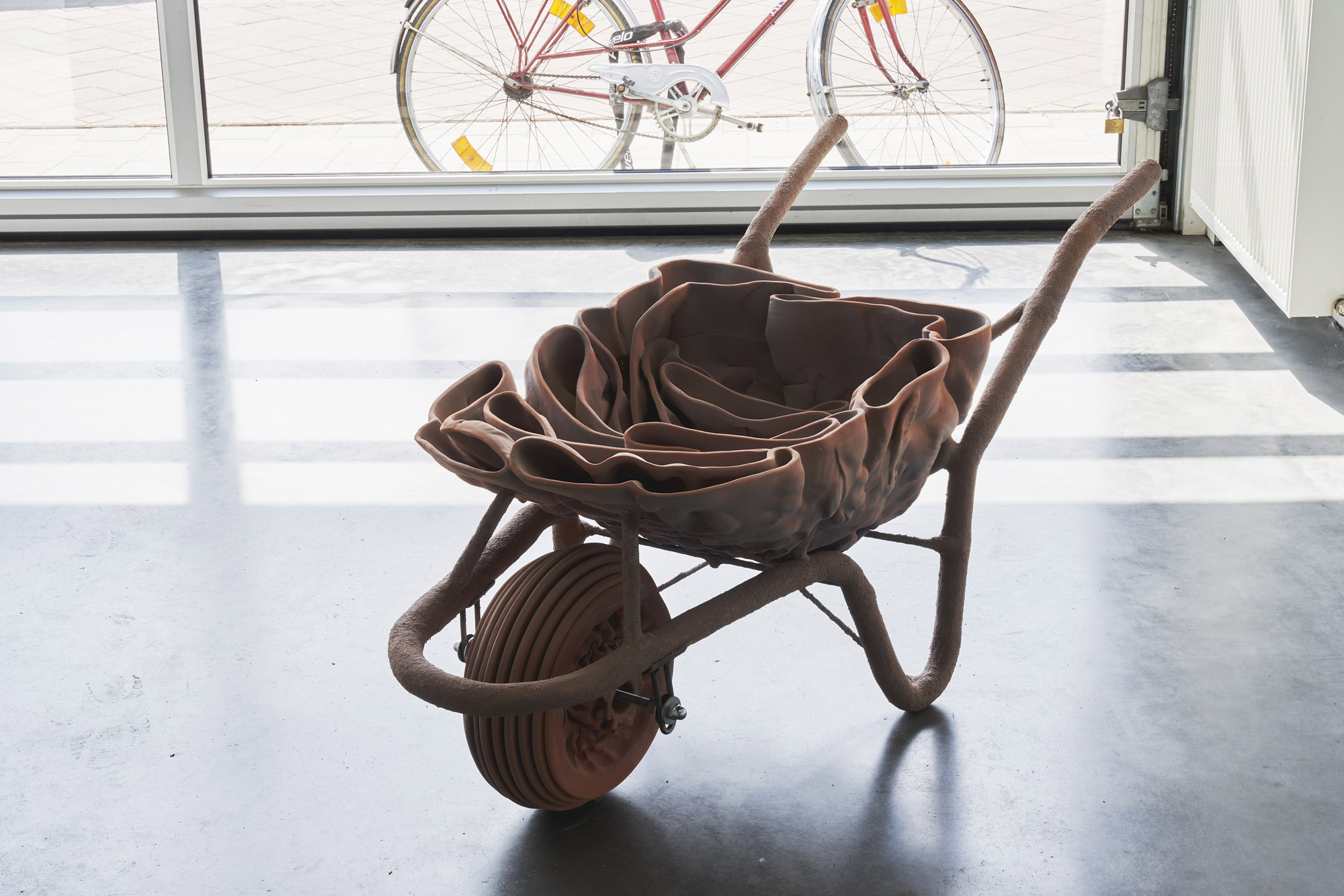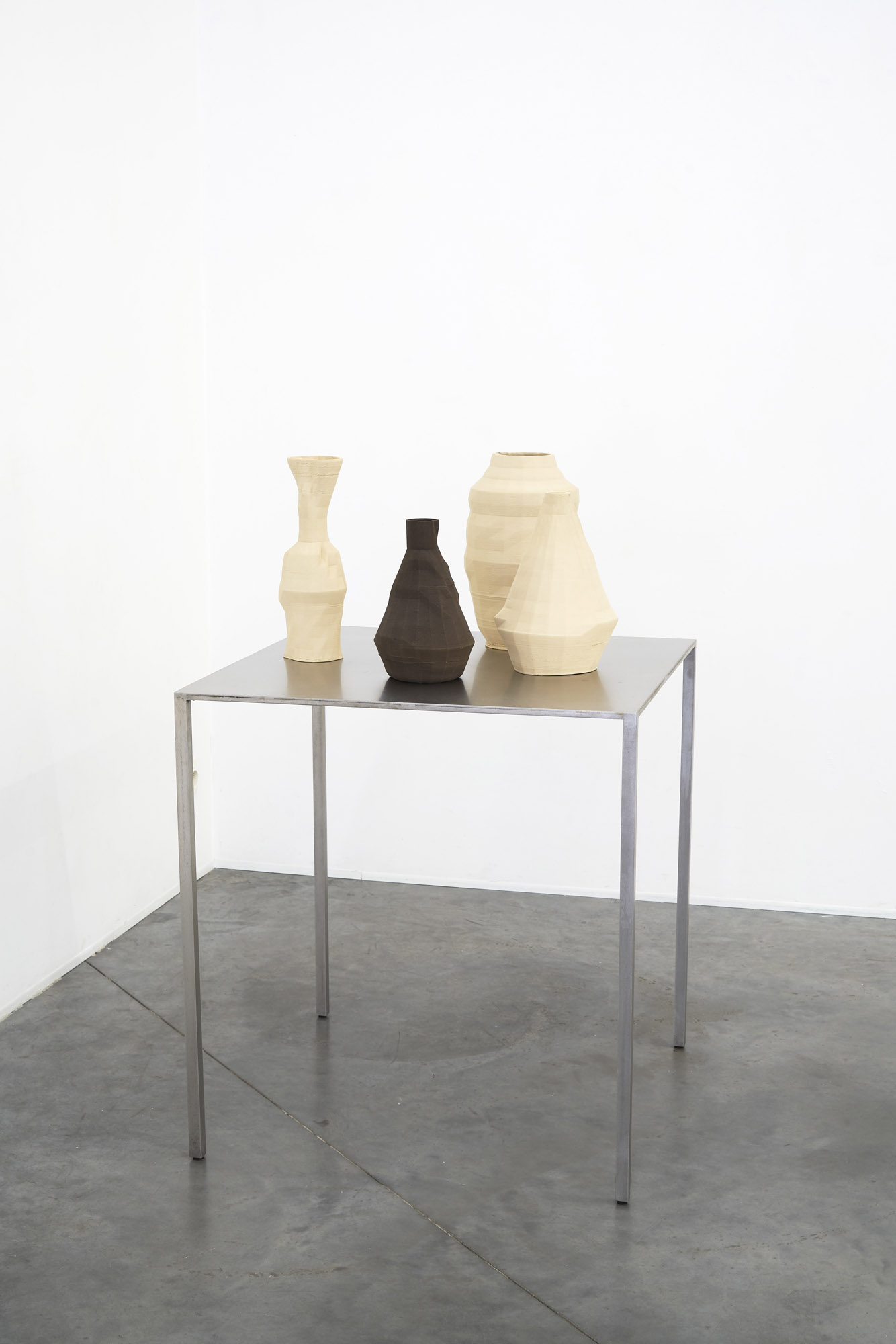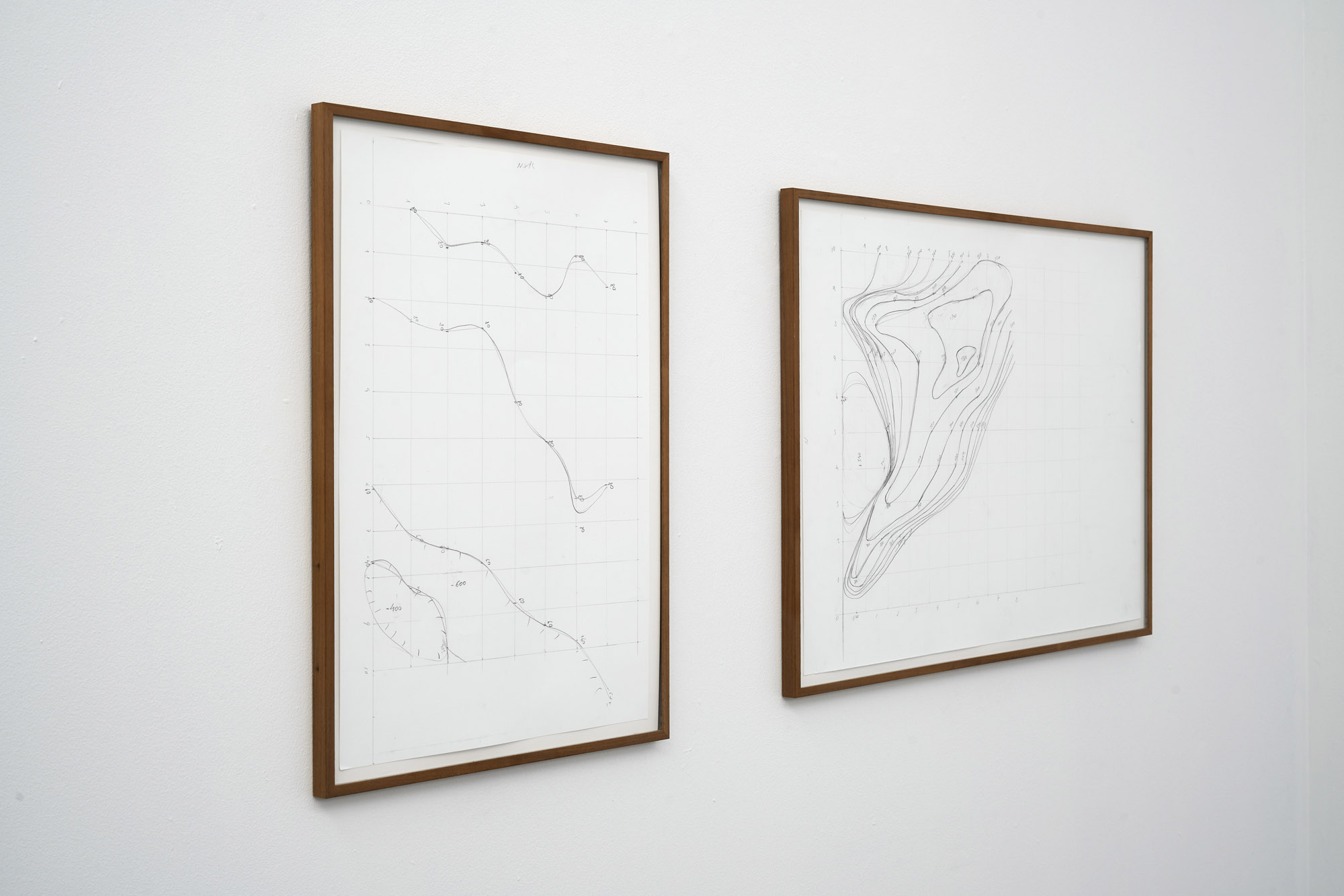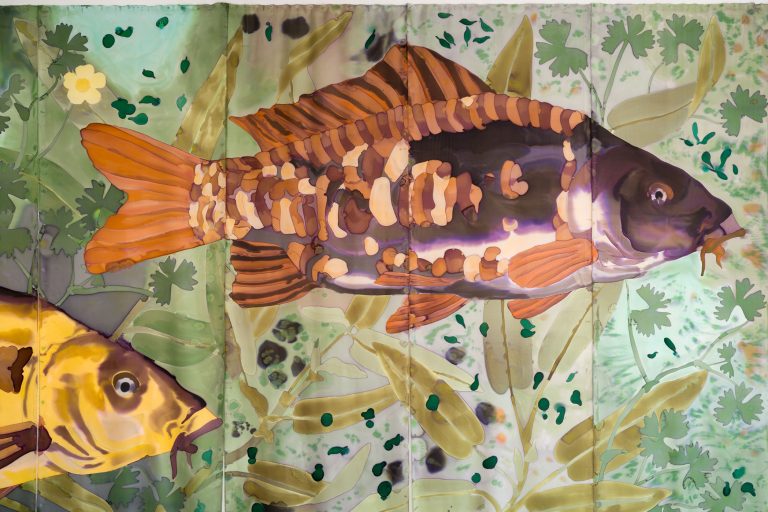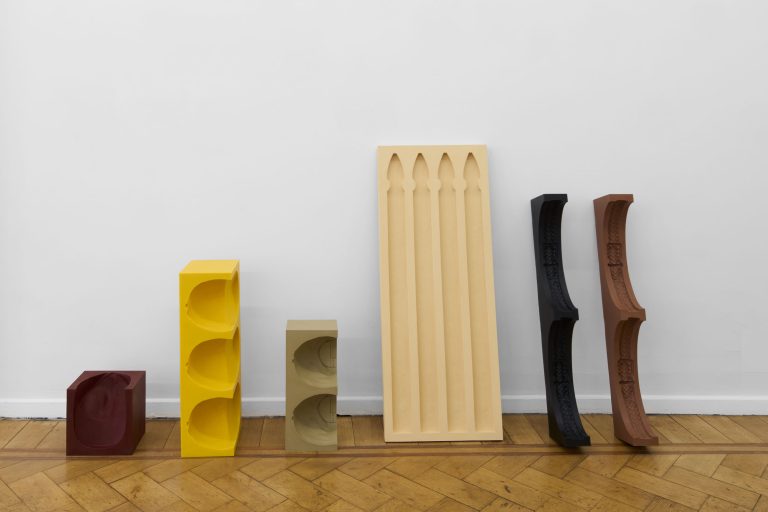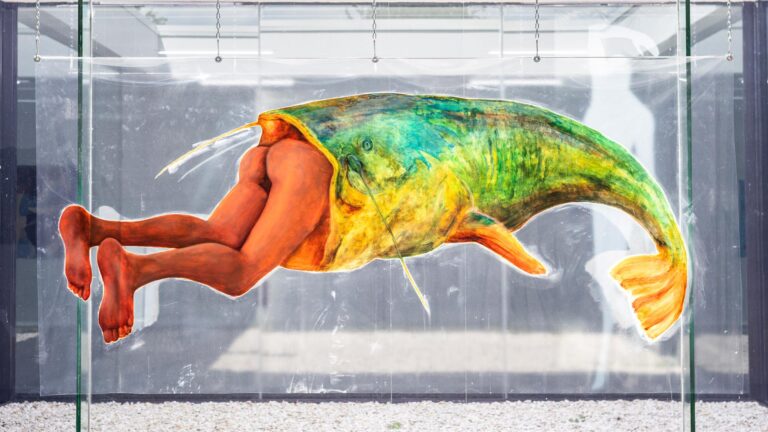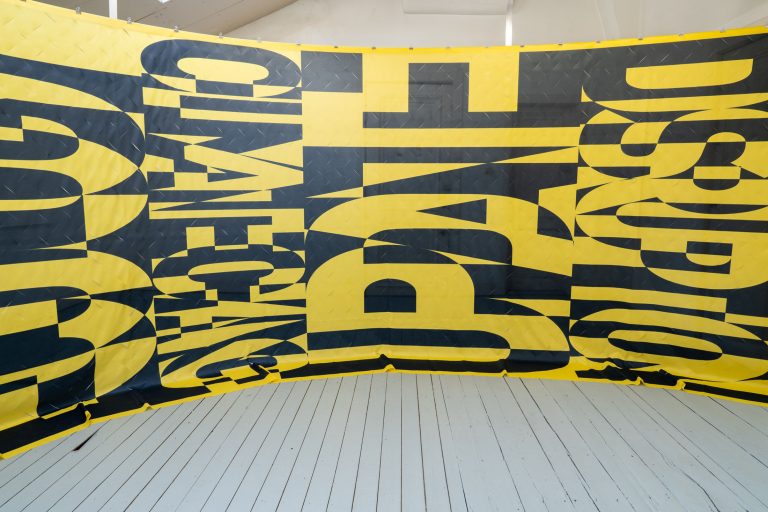Artists: Lara Almarcegui, Leyla Aydoslu, Felix Beaudry, Ria Bosman, Dirk Braeckman, Wim Goes Architectuur, Atelier Lachaert Dhanis, Anne Marie Laureys Ceramics, Mees & Biasino, Paul Robbrecht, Clara Spilliaert, Studio Mumbai, Unfold, Celina Vleugels, Bram Van Breda
Exhibition title: The Thinking Hand
Curated by: Marie Mees & Tatjana Pieters
Venue: Tatjana Pieters, Ghent, Belgium
Date: April 24 – June 19, 2022
Photography: Dirk Pauwels / all images copyright and courtesy of the artists and Tatjana Pieters
Tatjana Pieters presents ‘The Thinking Hand’ a group exhibition curated by Marie Mees and Tatjana Pieters as part of the Design Fest program. Following the ecological and social stance of the main theme of the festival, ‘Be Wild, Act and Change’ this exhibition presents a selection of artists, architects and designers whose practices incorporate and conceptualise a sustainable approach, looking for alternatives to increasingly scarce raw materials.
The title is a direct reference to Juhani Pallasmaa’s eponymous essay and is an invitation to consider the return of craftsmanship as a politically engaged endeavour as well as a movement towards a more nature-centered way of living and producing. Understood as an extension of the mind, ‘The Thinking Hand’ represents the agency of the body in the creative process. With manual work, the hand becomes both the creative agent and the first intermediary between the matter and the finished product.
This group exhibition brings light to the crafted object as the result of the artist’s intent and skills, inscribed over the long-time perspective of the manual production. Opposing the rapidness of modern methods to the slowness of traditional manual work, the selection of works presents different layers of meaning, each artist offering their own take on the relationship between nature, humanity and creative process.
In his work, Dirk Braeckman goes beyond the traditional notions of photography. He manipulates the paper and the light, experimenting with the physicality of the medium. In this series picturing architectural elements from MJ Van Hee, the photographs are manually edited. The buildings of Van Hee become almost invisible, as if concealed by the surrounding nature. In these photographs, the man-made and the natural are intertwined in an organic way.
The practice of Leyla Aydoslu questions the bodily relationship between human beings and nature. She gathers from the street potentially interesting objects that she incorporates in her imposing deconstructions. She creates architectural installations, where the different elements are subtly balanced, creating some sort of contradiction with the large scale of her handmade sculptures.
The slowness and precision of the weaving, the action of the hands, the durability and beauty of the material are guiding principles in the work of Mees & Biasino. The natural materials they use is at the heart of their designs. By choosing to work with raw wool, manually spun, carded and woven, undyed or vegetal dipped in indigo, Mees & Biasino inscribe their design in the search for sustainable materials and traditional crafts. Each woven piece is a reaction to the speed and overconsumption in our western culture. The art of weaving is deeply infused with cultural traditions.
Likewise, Studio Mumbai resorts to natural elements such as loam, wood, bamboo and cord to design its handmade furniture. The consideration applied to the making of the objects, brings about a philosophical approach to the living environment. Studio Mumbai’s designs carry a reflection on modernity as well as on the ecological and social concerns at stake. The result are pieces of furniture which encompass both man and nature in a mutual respect.
Adopting different means, Unfold questions the very function of designers in a world where design and manufacturing are more and more digitised. They mix pre-industrial craft economy with high tech industrial production methods. The series ‘L’Artisan Électronique’ designed in collaboration with Tim Knapen turns high technology into a natural object. The objects are hand-designed thanks to a digital potter’s wheel connected to a 3D ceramic printer. By interweaving a variety of skill sets, these objects find connections in the realms of high technology, nature, and craftsmanship.
Contrasting with the digitalise aspect of L’Artisan Electronique’s ceramics, the work of Anne Marie Laureys Ceramics is fully handmade and results from a very slow process. The organic shapes of Anne Marie Laureys’ ceramics are modeled by the rotational movements of the potter’s wheel, the manipulation of the hand and thoughtful thinking. The intricate compositions reveal the fragility of the ceramic works and the mastery of its maker.
Applying the concept of layering to buildings, Wim Goes Architectuur develops projects where the human presence is at the heart of the architectural work. In his carefully planned concepts, art and craft are interweaved, combining sustainable materials and refined designs. The architectural intervention leaves room to nature, offering a dialogue in which one enhances the other.
The architect Paul Robbrecht sketches his plans by hand, giving him more freedom. The immediacy of hand made drawings leaves room for unpredictability and wandering, both in the execution of the design and in its construction. As a kid, Robbrecht was fascinated by Le Corbusier’s architecture and models. This series of drawings are inspired by Le Corbusier’s Cabanon, a small habitation he assembled and built for himself in Roquebrune- Cap-Martin. The amazement Le Corbusier’s oeuvre has produced on Robbrecht as a child remains nowadays a source of inspiration.
Having always created the medium of her work, using handwoven flax or repurposing discarded materials, Ria Bosman’s practice blurs the distinction between arts and crafts. She applies layers of remnants of canvas or leather that she weaves into canvases or applies on found objects. Her works assume the meditative aspect of handwork in which colours, shapes and material play a significant part. Ria Bosman’s objects express a thorough effort of assembling materials to reveal their intrinsic beauty.
Bram Van Breda’s research topics involve nature and landscape in the Anthropocene and the society of the spectacle. Inspired by nature and countryside, he works with residual and sustainable materials, ranging from wood and fabric to rubber and resin. From textile remainders, Van Breda weaves impressions of landscapes into small objects and canvases.
Often resorting to waste materials, semi-precious stone segments, bronze and rough stone, Atelier Lachaert-Dhanis creates designs that trigger a sort of tension. Composed of noble materials, such as marble, as much as of less praised elements, the works reflect a certain ambivalence between form and function, matter, and practicality. The work of the duo is characteristic of a fine balance between craftsmanship and art, in which the viewer’s engagement and the virtuosity of the craft are equally sought after.
Lara Almarcegui’s research on construction materials has led her to investigate the origin of resources as well as the legal frameworks that govern them. ‘Mineral Rights’ is the result of her acquiring the rights of an iron deposit in Norway. By procuring mineral rights, she draws attention to the presence of minerals while reflecting on the ownership and exploitation of natural resources.
In the work of Clara Spilliaert, the symbolic imagery found in various cultures functions as the starting point to a larger consideration about gender, nationality, and human relationship to nature. Through her ceramic art, she gives poetic, whimsical and critical answers to the symbols that shape individual and collective identities.
Felix Beaudry’s work is also centered around the understanding of identities and more specifically gender and sexuality. He often resorts to myths in which nature plays a significant role to elaborate narratives. The body is central to his work, both as a subject and as a tool in the production of his weavings, embroideries and knitting works.
The practice of Celina Vleugels is a slow process. After making her own felt, she stitches and embroiders them with scraps of wool and soft materials. The dichotomy between the softness of Celina Vleugels’ materials and the nostalgia of her subjects bring about the artist’s concerns about time. Questioning her personal relationship to a past that is perceived as safe and desirable, she also points out the difficulties to contemplate future in our contemporary society.
The Thinking Hand, 2022, exhibition view, Tatjana Pieters, Ghent
The Thinking Hand, 2022, exhibition view, Tatjana Pieters, Ghent
The Thinking Hand, 2022, exhibition view, Tatjana Pieters, Ghent
The Thinking Hand, 2022, exhibition view, Tatjana Pieters, Ghent
The Thinking Hand, 2022, exhibition view, Tatjana Pieters, Ghent
The Thinking Hand, 2022, exhibition view, Tatjana Pieters, Ghent
The Thinking Hand, 2022, exhibition view, Tatjana Pieters, Ghent
The Thinking Hand, 2022, exhibition view, Tatjana Pieters, Ghent
The Thinking Hand, 2022, exhibition view, Tatjana Pieters, Ghent
The Thinking Hand, 2022, exhibition view, Tatjana Pieters, Ghent
The Thinking Hand, 2022, exhibition view, Tatjana Pieters, Ghent
The Thinking Hand, 2022, exhibition view, Tatjana Pieters, Ghent
The Thinking Hand, 2022, exhibition view, Tatjana Pieters, Ghent
The Thinking Hand, 2022, exhibition view, Tatjana Pieters, Ghent
The Thinking Hand, 2022, exhibition view, Tatjana Pieters, Ghent
The Thinking Hand, 2022, exhibition view, Tatjana Pieters, Ghent
The Thinking Hand, 2022, exhibition view, Tatjana Pieters, Ghent
The Thinking Hand, 2022, exhibition view, Tatjana Pieters, Ghent
Atelier Lachaert Dhanis, Trestle (dedicated to The thinking hand), 2022, stone, 73 x 94 x 35 cm
Dirk Braeckman, M.J – H.G. #1, 2018, ultrachrome inkjet print on Japanese silk paper stretched on a panel, 150 × 100 cm
Anne Marie Laureys, Ceramics, Provisions I have plenty of nothing (1), 2021, ceramics, 46 x 23 x 18 cm
Leyla Aydoslu, 2019 XIX, 2019, papier-maché, wood, chicken wire, 800 × 140 × 120 cm
Ria Bosman, TETANOS, 1984, Acrylic on self woven flax (triptych), 175 × 367 cm
Paul Robbrecht, Le Cabanon, 2018, series of 7 drawings, ink on paper in oak frame with museum glass, 31 x 41 cm (framed)
Anne Marie Laureys, Ceramics, Le Porteur des Interventions, 2022, Belgian clay thrown on the wheel, atlered and assembled, clayglazes, stoneware, 80 x 160 x 60 cm
Felix Beaudry, Monster Suit, 2022, knit and woven wool fabric, 254 × 117 × 30 cm
Felix Beaudry, Monster Suit, 2022, knit and woven wool fabric, 254 × 117 × 30 cm
Clara Spilliaert, Martlet, 2022, ceramics, 15,5 x 7 x 6 cm
Unfold & Tim Knapen, L’Artisan Electronique, 2015, earthenware brown
Lara Almarcegui, MINERAL RIGHTS: magnetic anomaly, day 1 and day 3, Tveitvangen, 2015, pencil on paper, 50 × 145 cm


